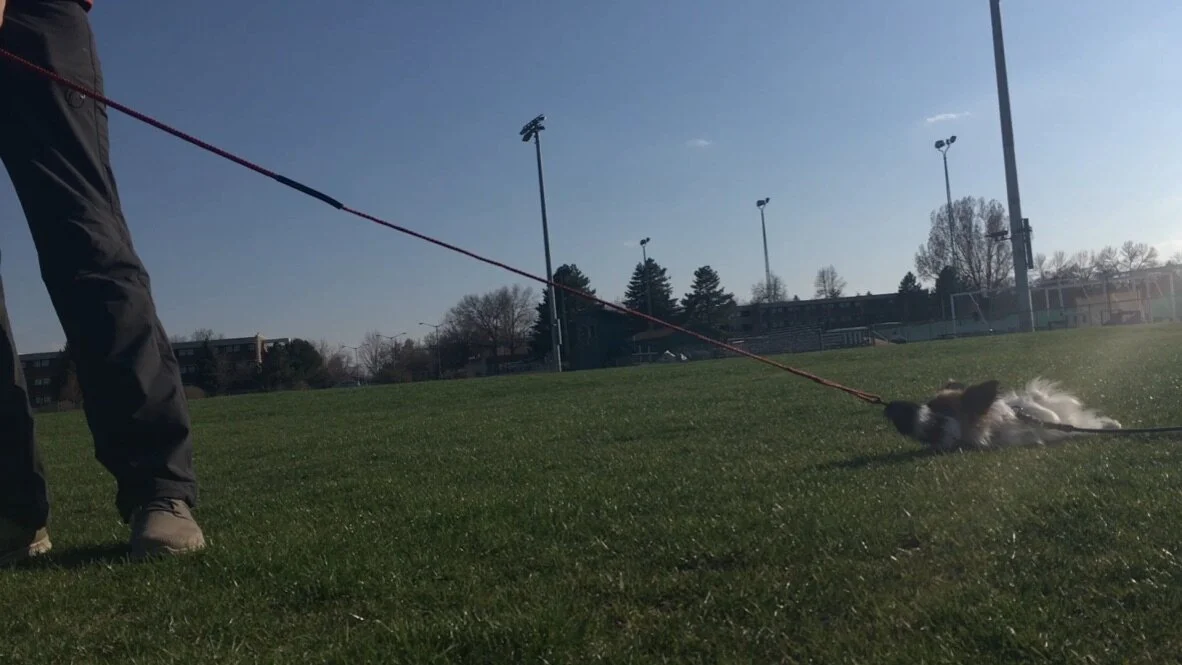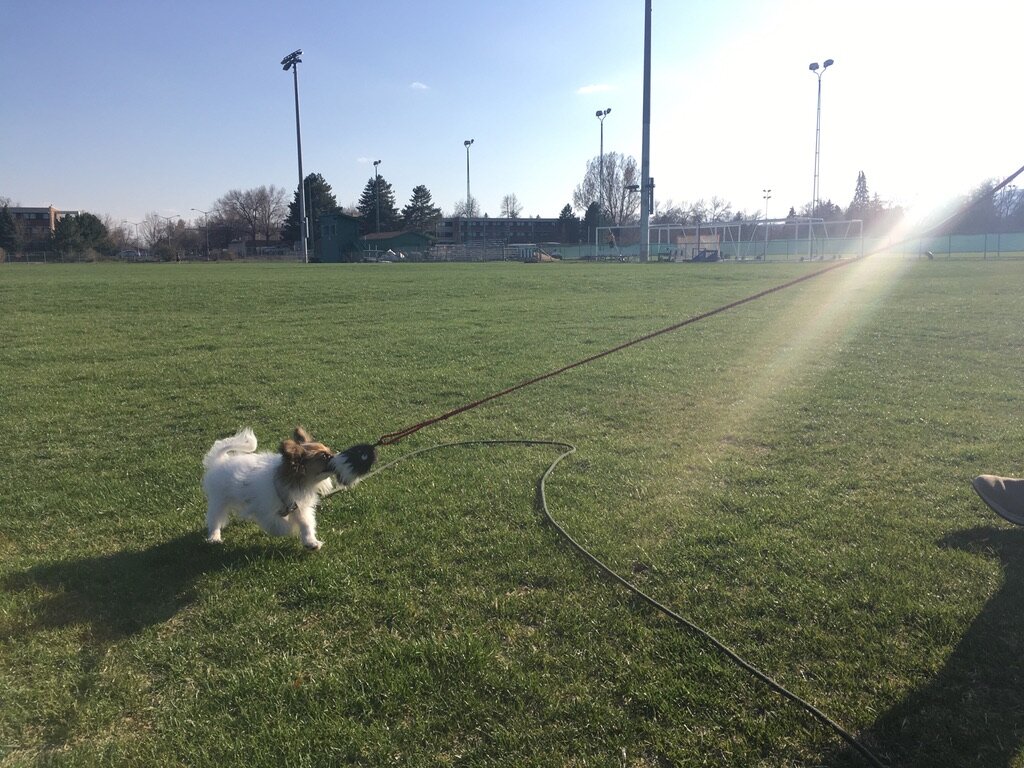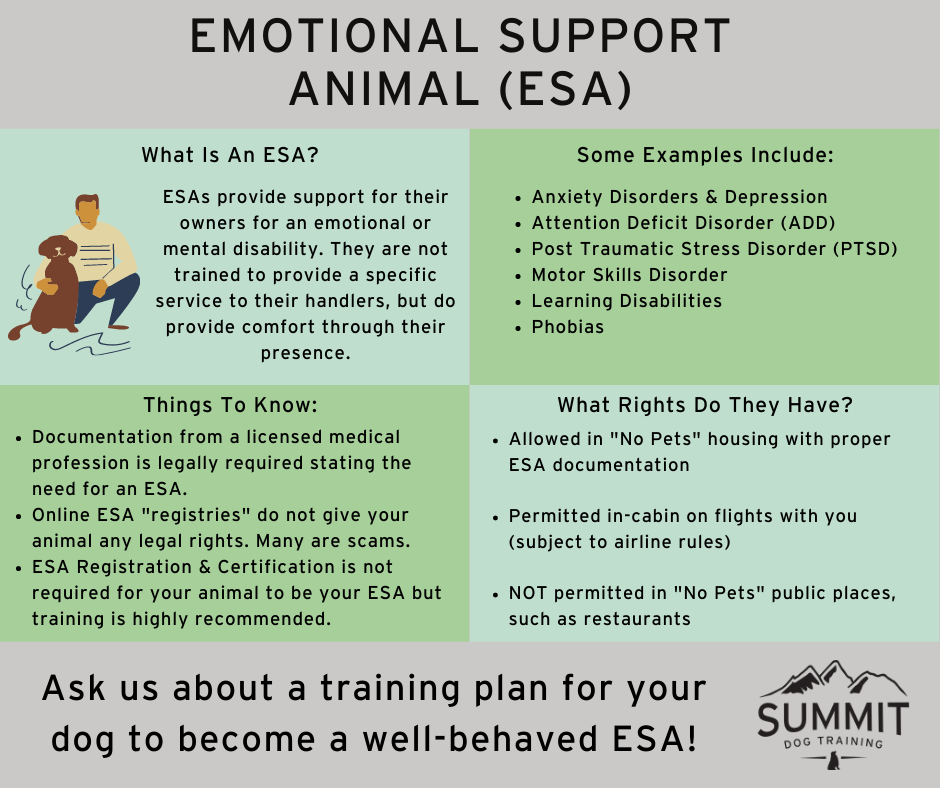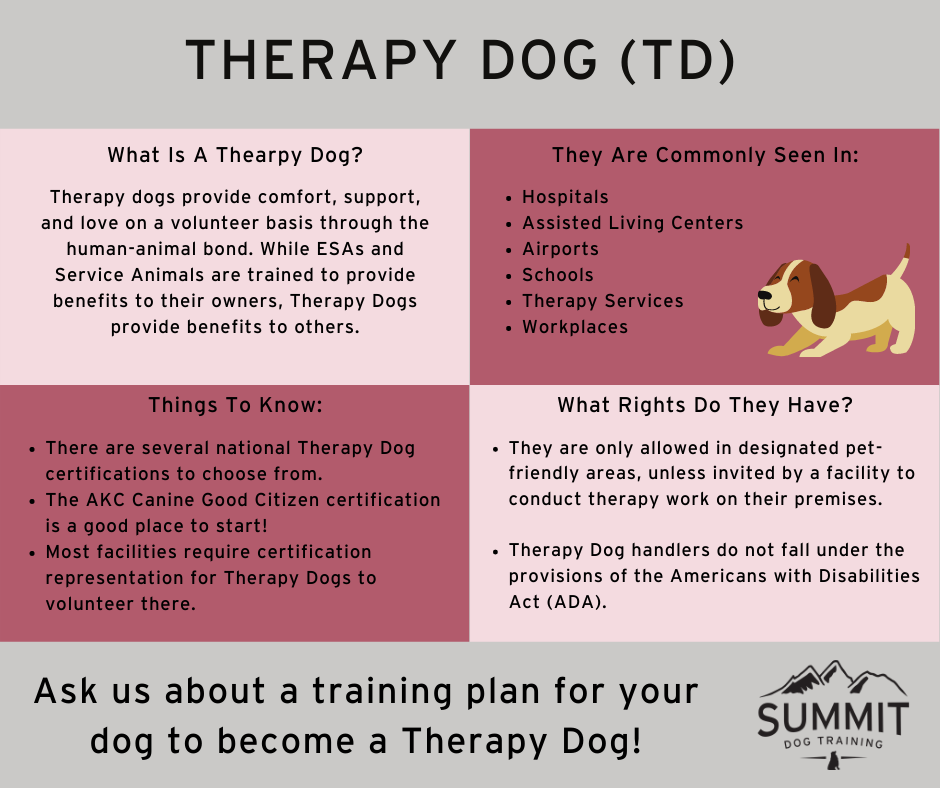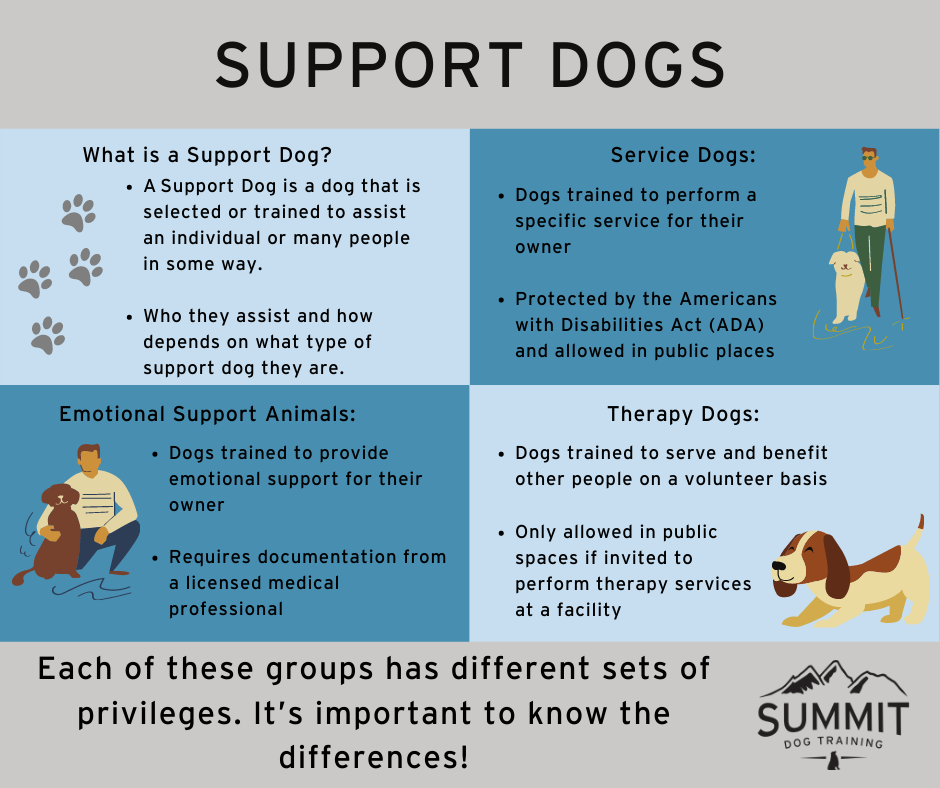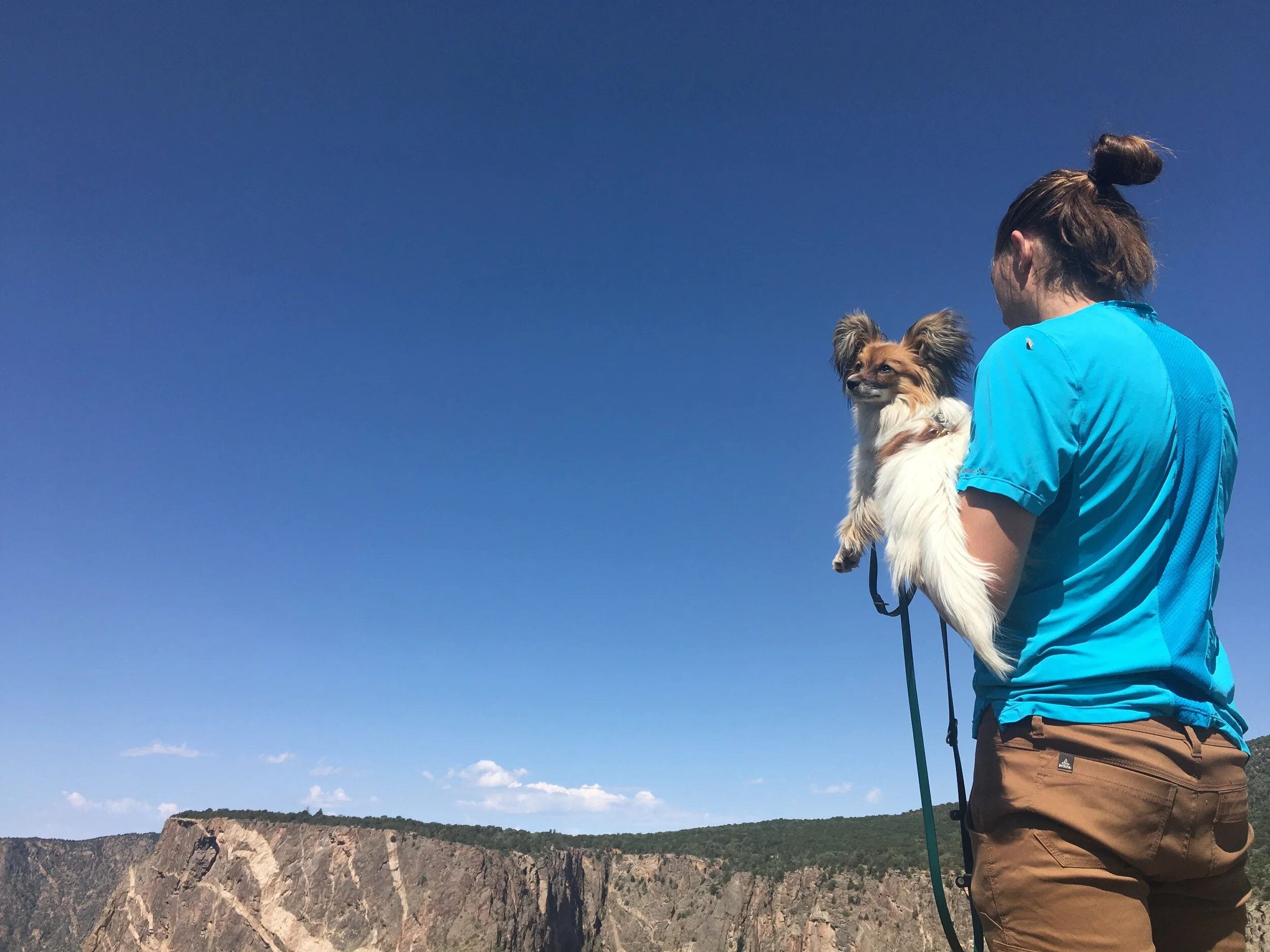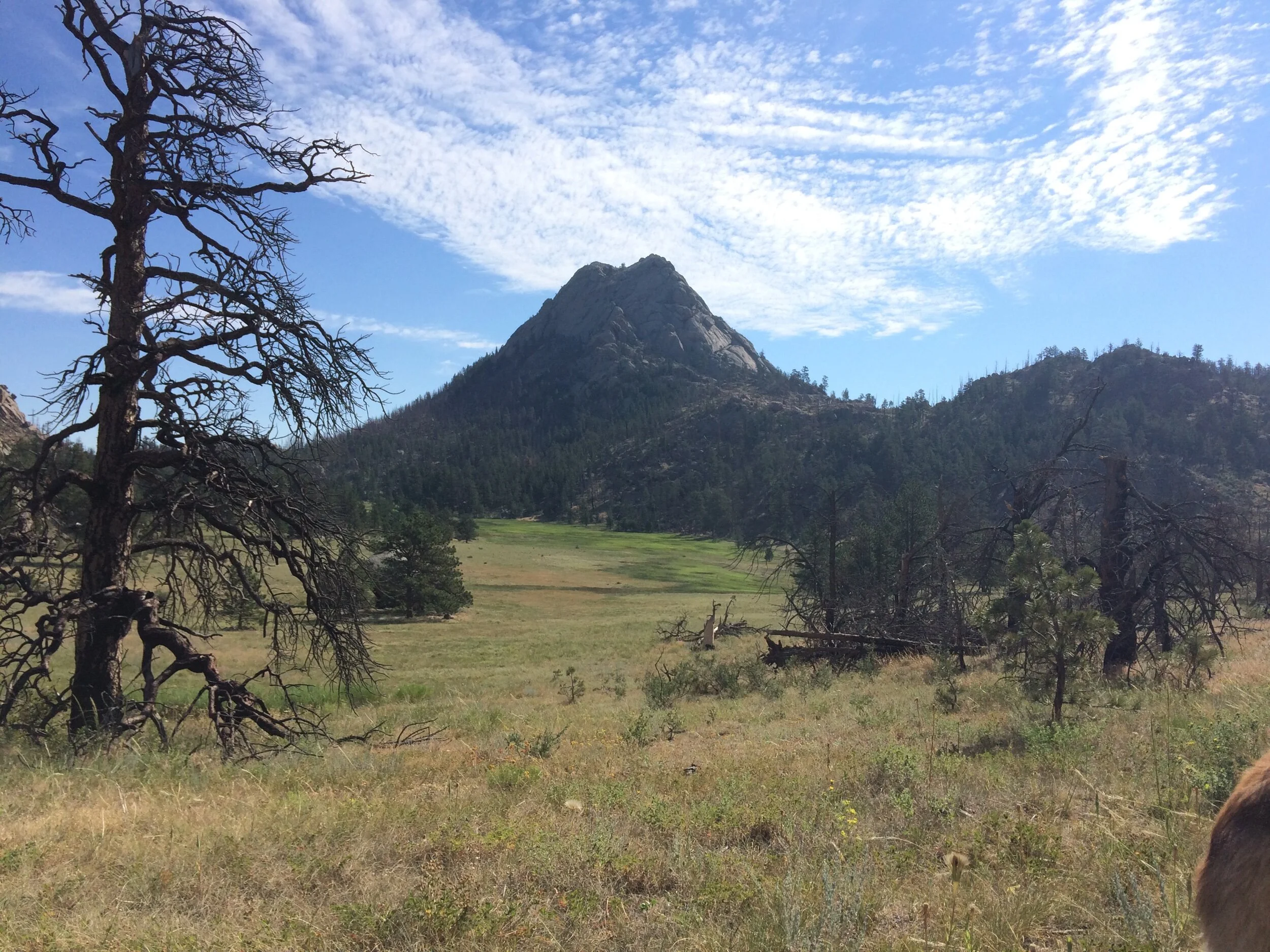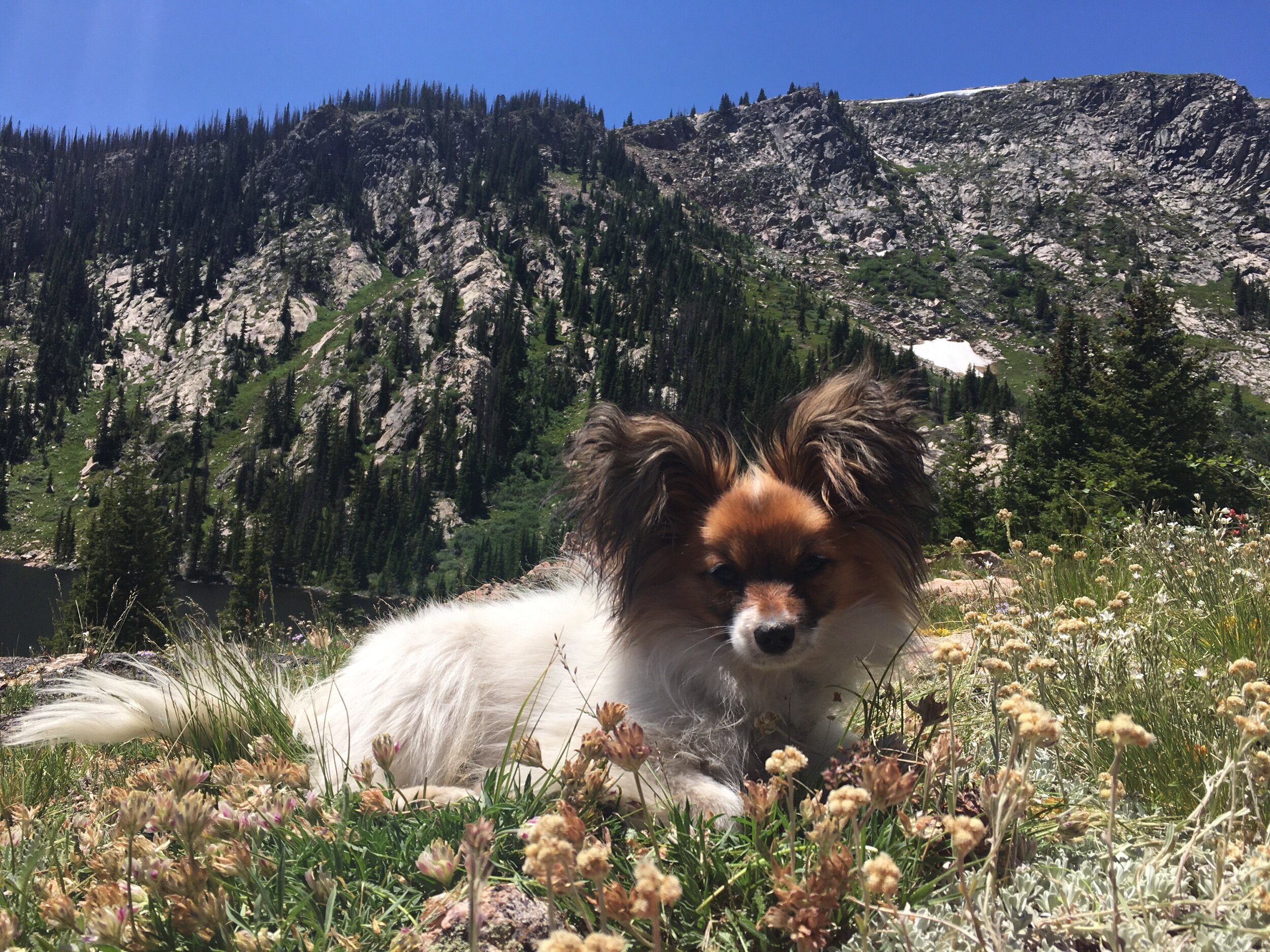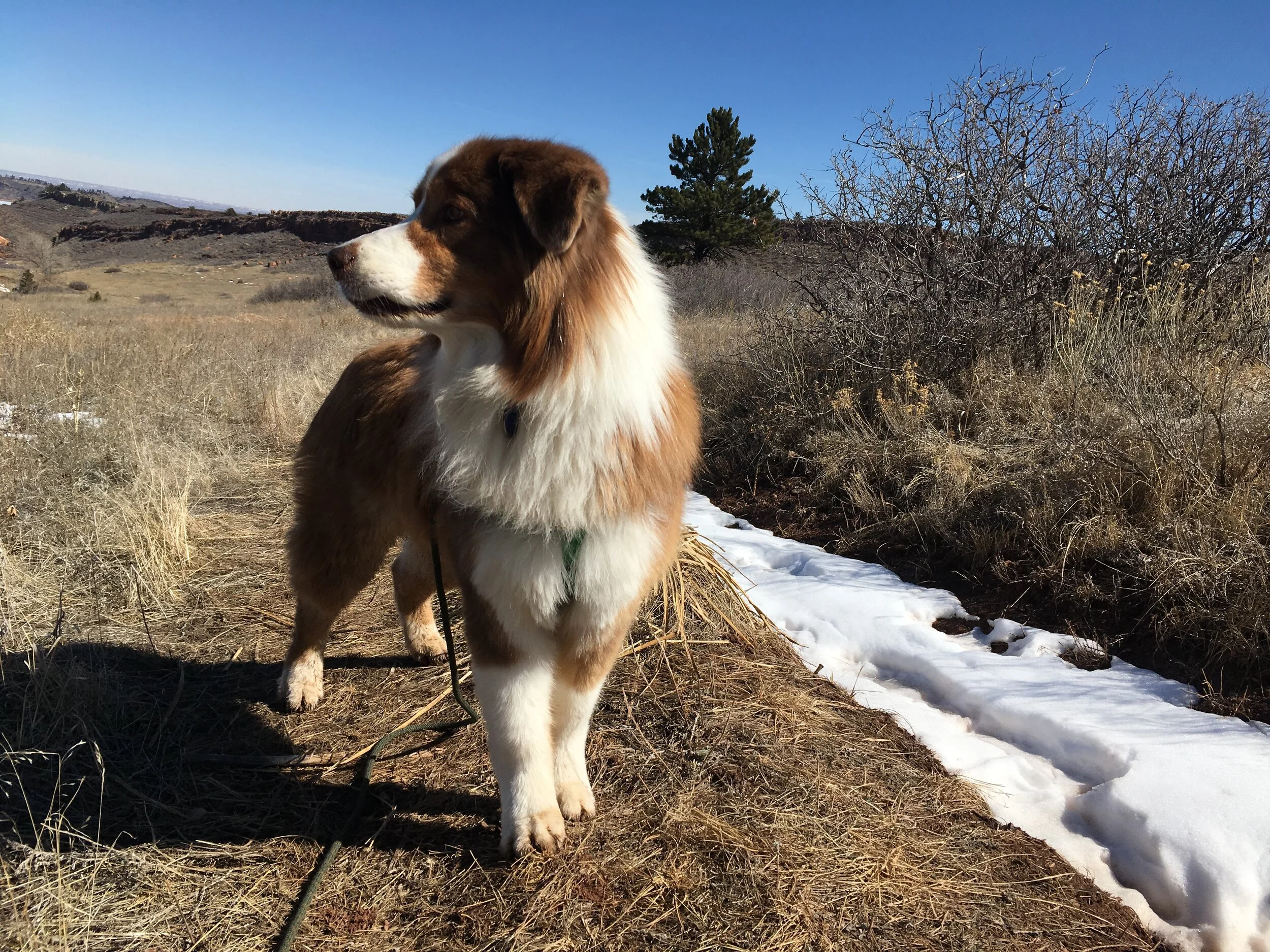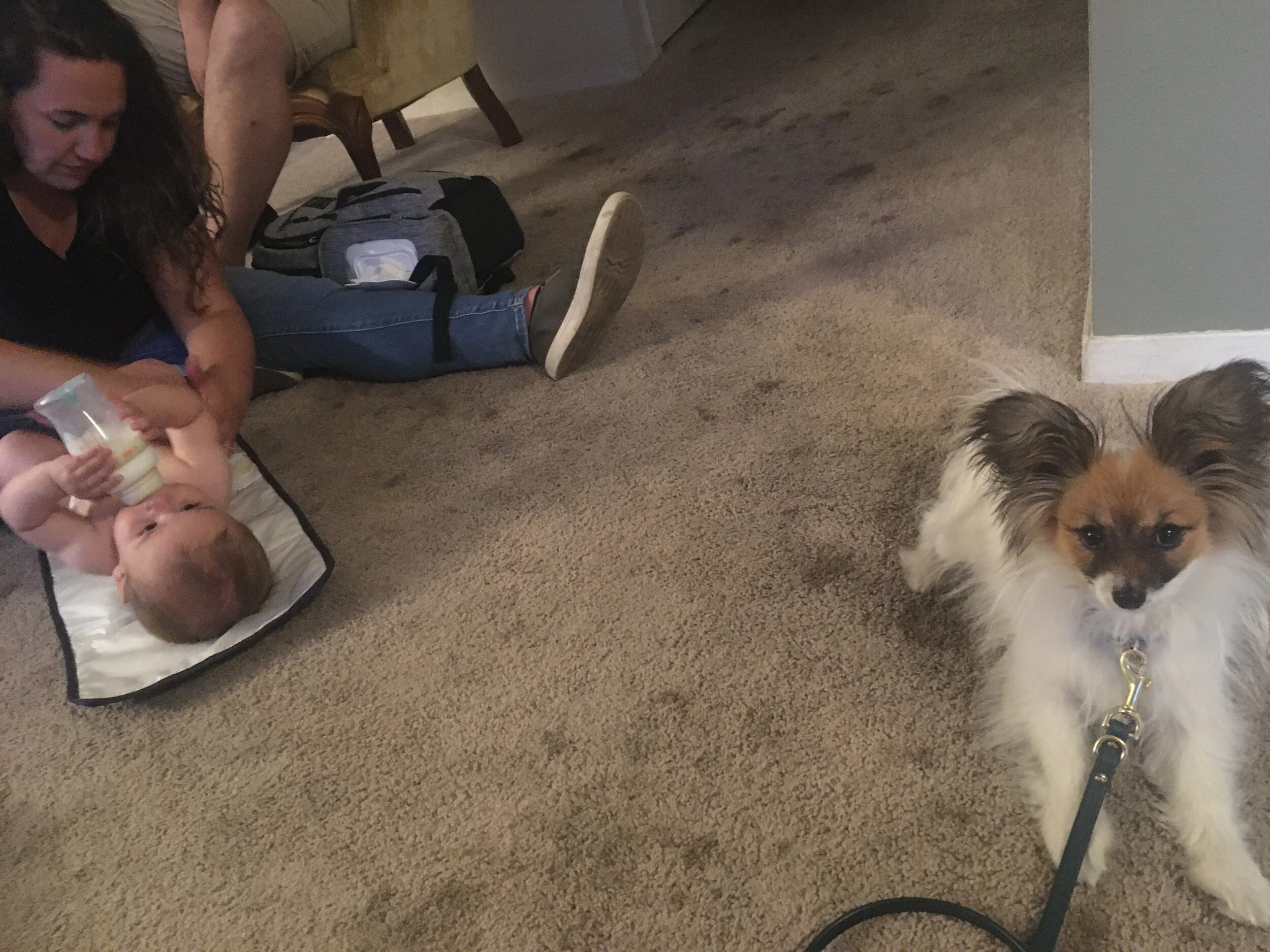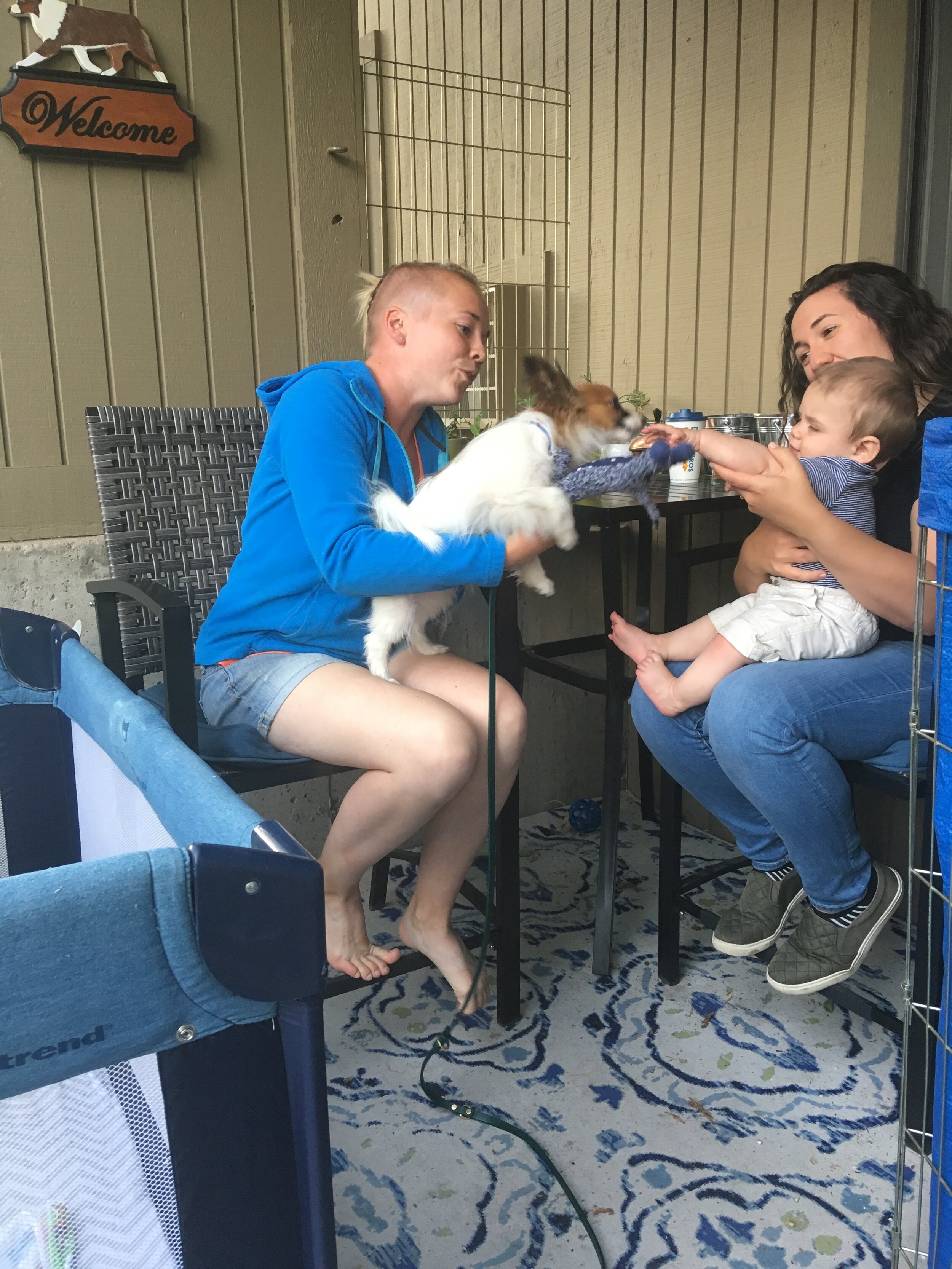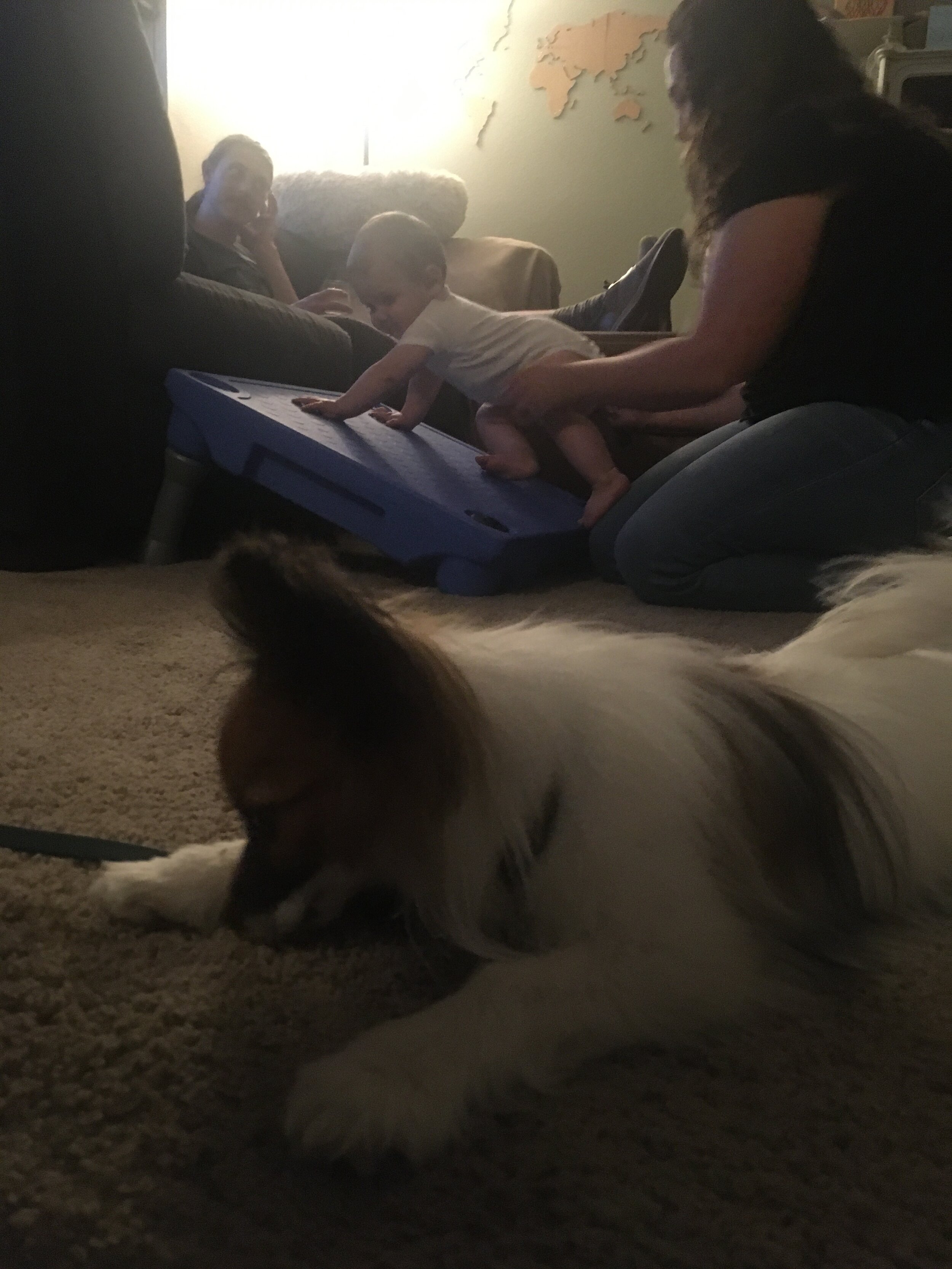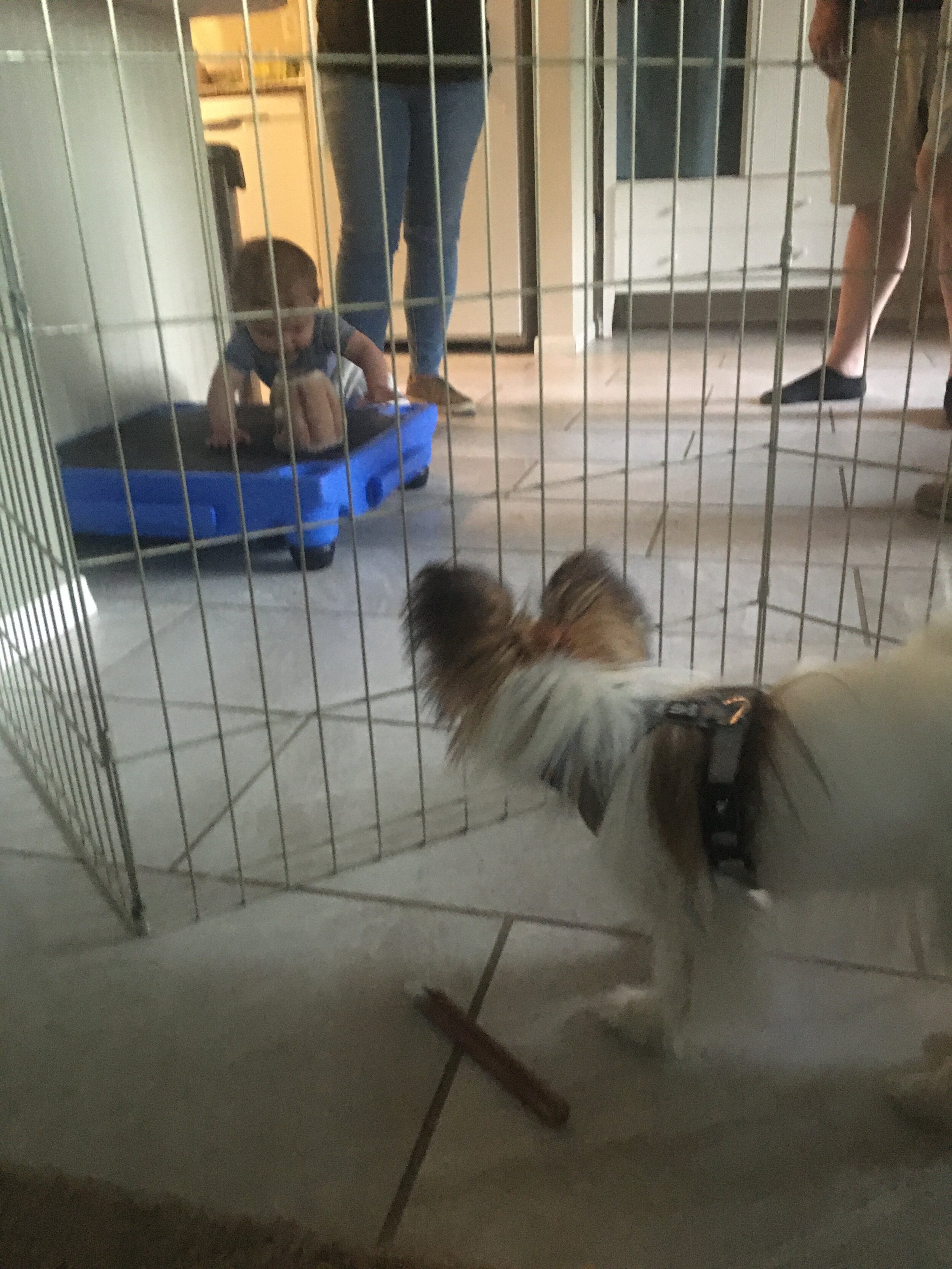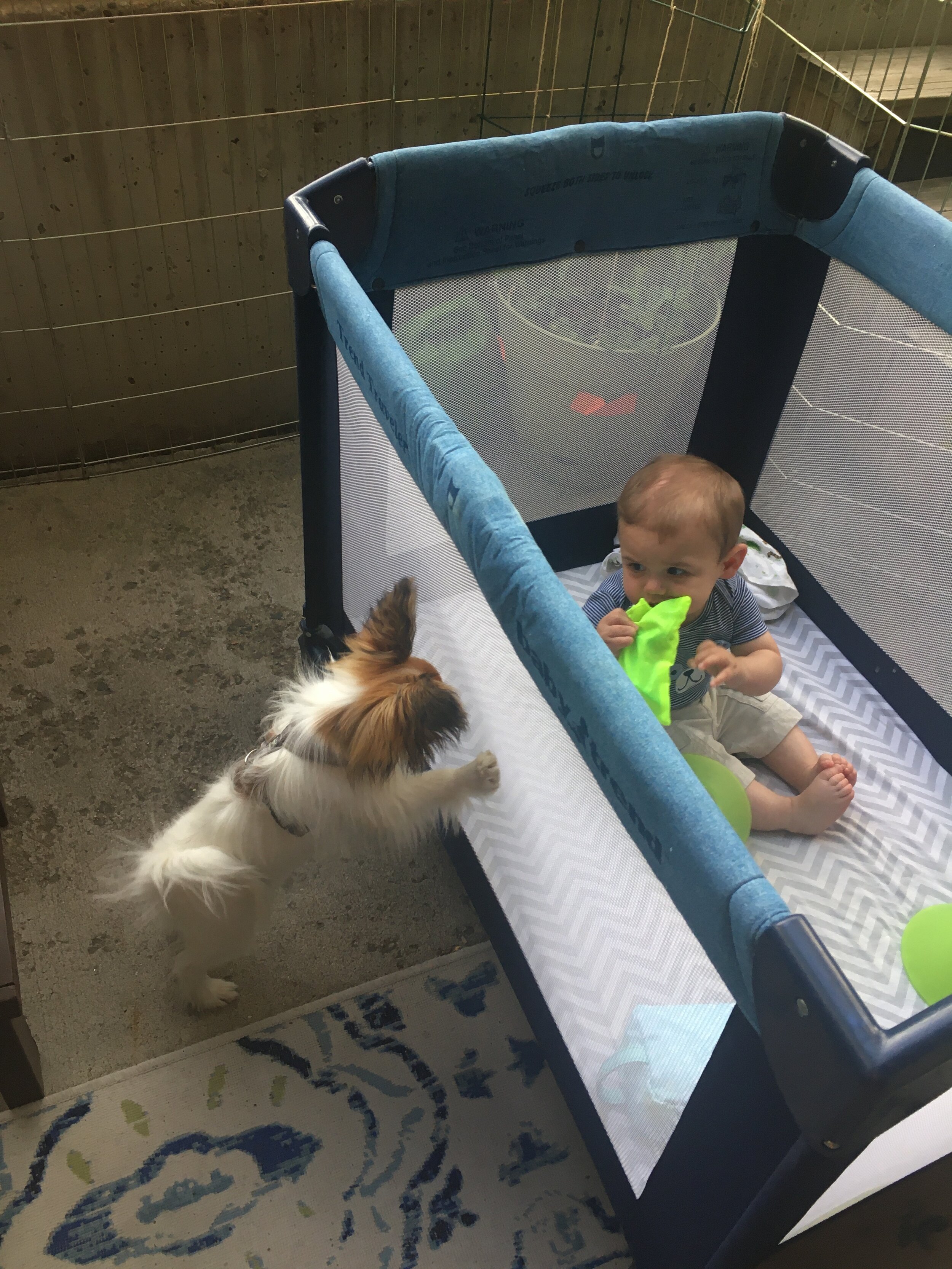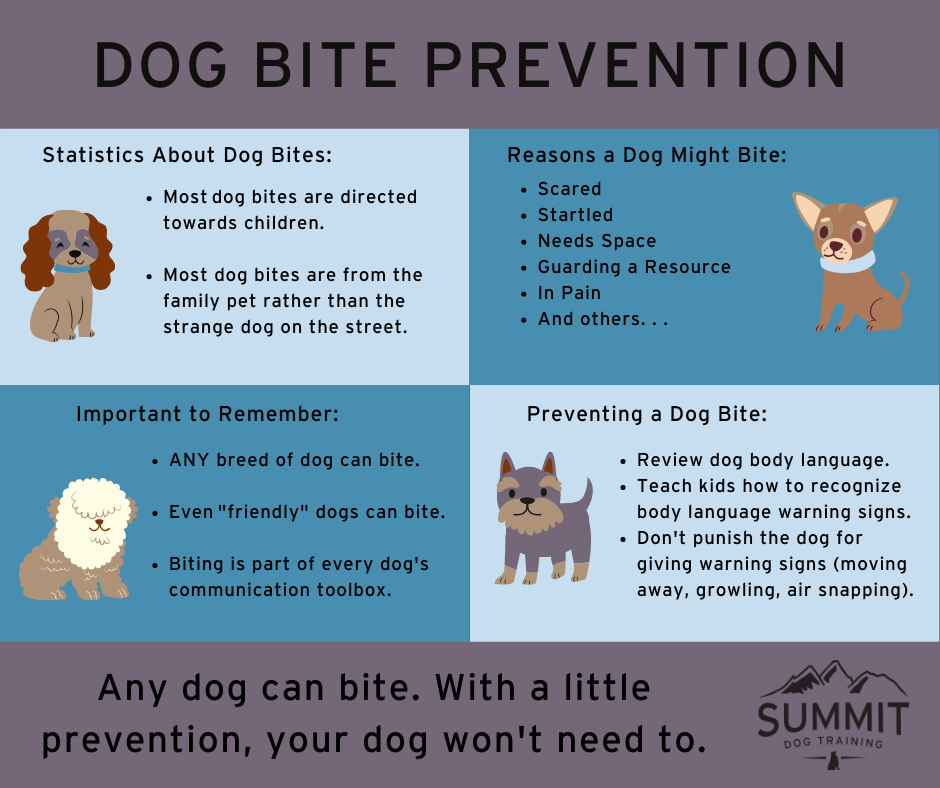Eating is a learned behavior, which means that it is something that can be taught, just like any other behavior. If you have a “picky” or food-selective pup, it is important to think about how we can teach them how to eat more consistently.
This is an overview of our webinar on this topic. If you want more in-depth help & support on this topic, you can check out the webinar replay Teaching “Picky” Pups to Eat here!
Besides getting good & consistent nutrition, there are many other reasons why eating is an important behavior for our pups to know how to do appropriately!
Training: Eating is a very helpful component of positive reinforcement training! There are lots of other ways we can apply positive training principles if using food isn’t an option, but being able to reward quickly with a treat is very convenient and efficient for a lot of training goals!
Enrichment: Being able to eat food out of food puzzles is a great way to exercise our dog’s brains and provide mental stimulation. If our dogs don’t care for the food in the toy, it is difficult to encourage them to play.
Threshold Assessment: If our dogs can eat food in most situations, we can then evaluate how comfortable they are in other scenarios. If we first have a solid baseline of “okay, my dog can eat food easily out of my hand at home where he is comfortable…” then we know if they all of a sudden can’t eat food out of your hand because you are outside in a busy park, then your dog may be over threshold. Using food is a great, easy, way to gage your dog’s comfort in a situation and provides a channel of communication between you and your dog.
Health Assessment: Eating can be a great way to evaluate your dog’s health. Again, if your dog can have a baseline eating behavior such as being able to eat comfortably at home, then when they pass up a meal or their favorite puzzle toy, we can know something isn’t quite right.
We cannot emphasize this line of communication enough with our dogs! If our dogs can learn the behavior of eating, it can tell us so many things when they choose to, or not to, eat.
It’s also important to note that some food-selective dogs that we might label as “picky” may in fact just be over-threshold in a lot of situations. For example, if you have a puppy that eats regular meals at home, and likes working for treats in its own backyard, but then won’t eat at training class, this is likely just because your puppy hasn’t yet learned the behavior of eating enough to withstand the exciting stimuli in that environment, and thus all of the other behaviors (watching other dogs, getting excited about the people nearby, etc.) are more likely to occur than eating. Similarly, if you have a reactive dog (one that barks at other dogs or people or other things you encounter), that cannot eat food in the presence of one of these triggers, it may not be because your dog doesn’t like food, but rather the behavior of eating isn’t built up to withstand the level of difficulty where we are asking that dog to eat.
So how do we teach our “picky” pups to eat?
Reinforce Eating with Other Things: What does your dog enjoy doing? How can we make access to that activity contingent on eating a treat or a bite or two of their evening meal? Examples that I often use are activities like playing with a favorite toy, getting attention and praise from you, chewing on a yummy bone, getting access to a new area like a yard or getting out of the car, sniffing, peeing on stuff, etc. Dog eats a bite of food, gets let out in the backyard to play. Repeat!
Set Appropriate Criteria: Think about what environments your dog might feel comfortable eating in. Do they eat at home? Do they eat in a quiet room by themselves? Start with building consistent eating where it’s easy for them to be successful, rewarding them when they do eat. Then expand the criteria a bit, such as asking for a bit of eating in the front yard.
Start with High Value: Many, many (although certainly not all) “picky eater” situations have been resolved simply by increasing the value of what you are offering. If your dog is turning up their nose at the milk bone crumbles you have, perhaps starting with something a little bit more exciting like a small piece of hot dog or cheese instead. It’s important to still focus on building consistent eating habits so that if the novelty of these yummy treats wears off, we have eating behaviors that can withstand moving to treats of different values. You won’t always need to give hotdogs & cheese if we are teaching our dogs that in general, eating is a pretty enjoyable activity!
Avoid Upping The Ante Pitfall: For both training & meal feeding purposes, it can be easy to fall into the trap of increasing the value of what you are offering after your dog has refused the first thing you offered them. This could look like picking up a neglected kibble bowl and adding in scrambled eggs and putting it back down, or reaching into the training treat pouch and finding that cheese piece after your dog has refused a piece of milk bone. This can inadvertently teach your dog that refusing food will get them something better! For meal feeding, we recommend instead if you offer your dog just kibble food and they refuse, removing the food and waiting until the next meal; if you want to add something to their food to make it more exciting, do it before you offer it to them for the FIRST time rather than after they have refused the plain meal. For training, start with the higher value treats. You can reduce the value as your dog is getting into the behavior pattern of eating.
We are just scratching the surface here, and there are a lot more factors to consider when working with “picky” pups. If you are interested in learning more, check out the webinar replay on this topic for lots of specific suggestions & video examples for teaching our pups how to eat with ease!



